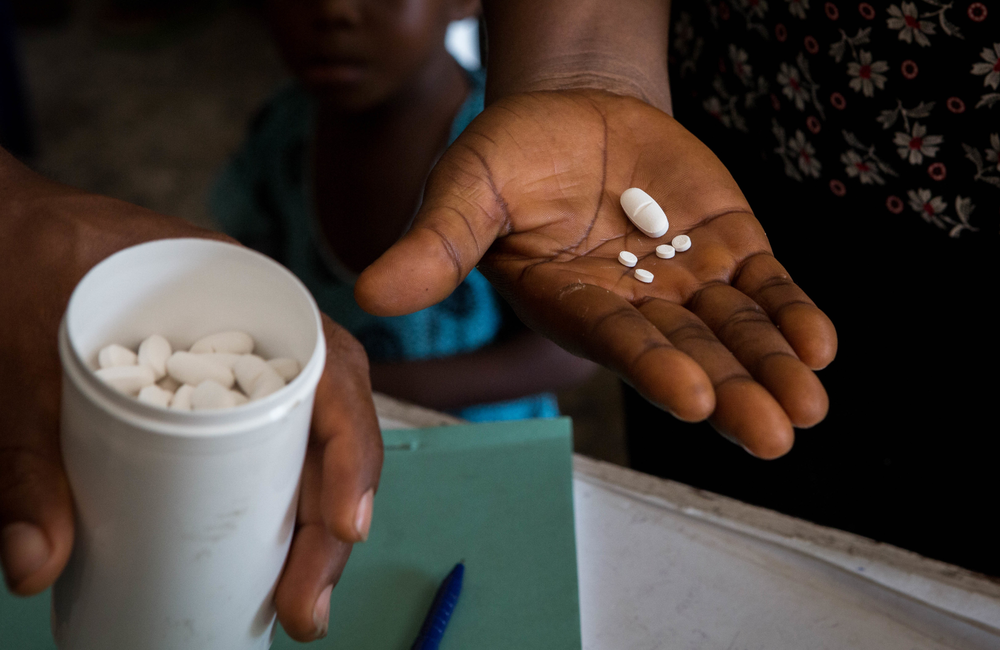Today, there is no cure for HIV. However, treatment with antiretroviral therapy (ART) can help people with HIV live long, healthy, and fulfilling lives. ART helps reduce the amount of virus in the body, allowing the immune system to grow stronger and fight off infections. For children, it supports healthy growth and development. For adults, it improves overall well-being and reduces the chance of passing HIV to others.
You can ask your own question to a licensed healthcare provider here for free. It may take up to 7 days to get an answer. If you want a consultation in minutes, book now with Hope+ our premium and best health consultation service in Uganda.
What is ART?
ART stands for antiretroviral therapy. It is the name given to the combination of medicines used to treat HIV. These medicines work together to lower the amount of HIV in the blood (called the viral load) to very low or undetectable levels — usually below 50 copies per millilitre of blood. When the virus becomes undetectable, the immune system has a better chance to recover and protect the body from diseases.
This combination of strong HIV medicines is sometimes referred to as HAART (Highly Active Antiretroviral Therapy). HAART includes at least three medicines from two different classes of HIV drugs. Using multiple medicines helps ensure the virus does not become resistant.
Taking only one or two HIV medicines (called monotherapy or dual therapy) is not strong enough to control HIV. These weaker regimens are not recommended and may lead to treatment failure.
Goals of HIV Treatment
The main goals of ART are to:
- Stop the virus from multiplying so the immune system can recover and stay strong.
- Prevent HIV-related illnesses, such as infections and cancers.
- Reduce the amount of HIV in the blood to undetectable levels.
- Allow people with HIV to live longer, healthier lives.
- Lower the risk of passing HIV to others, including from mother to child.
- Support normal growth and brain development in children.
- Improve quality of life, energy levels, and ability to work or go to school.
How We Achieve These Goals
To get the best results from ART, several things are important:
- Adherence to medication: Taking your HIV pills exactly as prescribed is the most important part of treatment. Missing doses or stopping can cause the virus to become resistant to medicines. Patients are encouraged to take at least 95% of their pills — for example, missing no more than 1 or 2 doses a month.
- Regular follow-up: Your healthcare provider will monitor your viral load (amount of HIV in your blood) and CD4 count (how strong your immune system is). These tests help us see how well the treatment is working.
- Counselling and support: Before starting ART, patients receive counselling to help them understand the treatment and the importance of taking it daily. Support from family, friends, or community health workers can also help.
- Planning for the future: If the first set of medicines (first-line treatment) fails, the healthcare team may switch to second-line options. That’s why doctors choose medicines carefully — to keep other treatment options available for later use.
- Checking for side effects: Although most people tolerate ART well, some may experience side effects like nausea, tiredness, or skin rashes. These can often be managed or reduced.
What Makes a Good HIV Medicine Regimen?
When choosing ART, doctors aim for:
- Strong and long-lasting effects against the virus.
- Few serious side effects.
- Easy to take — for example, once a day, fewer pills, no need to take with food.
- Affordable and available in Uganda.
- Suitable for different groups, including children, pregnant women, and people with other conditions like TB.
- Backup options if the first set of drugs stops working.
Limitations and Challenges of ART
Even though ART is very effective, it’s not perfect. Here are a few things to keep in mind:
- ART does not cure HIV — it only controls it.
- Medicines must be taken for life — stopping treatment can make HIV come back stronger.
- Some patients may still develop resistance, meaning the medicines stop working.
- Side effects can happen, though they are usually manageable.
- Good adherence is essential — missing pills can lead to treatment failure.
- Children rely on caregivers to give them their medication every day.
Final Message
ART is a powerful tool in the fight against HIV. With the right treatment, support, and regular follow-up, people living with HIV can live long, productive lives and prevent transmission to others. Starting ART early and sticking with it gives the best chance for success.


